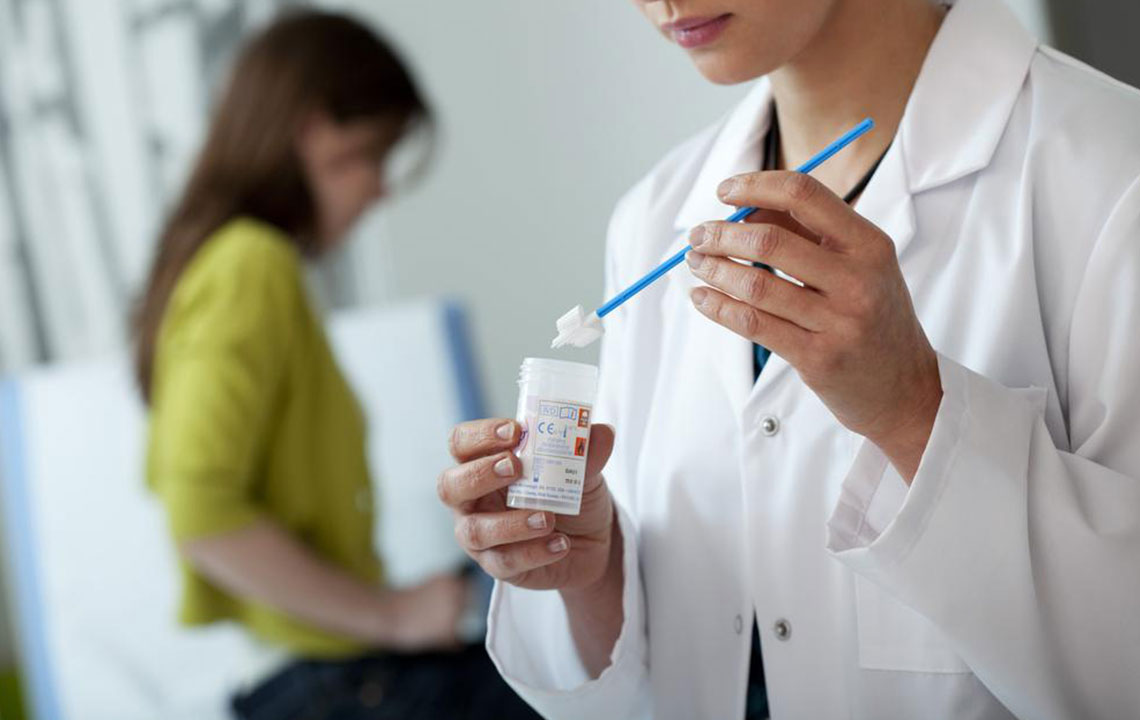Managing Vaginal Dryness After Menopause
This article explores strategies to manage vaginal dryness post-menopause, emphasizing lifestyle changes, the importance of physical activity, and understanding the impact of low estrogen levels. It discusses potential causes, symptoms, and preventive measures to improve quality of life during and after the menopausal transition.

Managing Vaginal Dryness After Menopause
Women are born with a finite number of egg cells, which decline significantly between ages 45 and 55, leading to menopause. This transition results from sharp drops in female hormones, primarily Estrogen, crucial for cardiovascular health, bone strength, and reproductive organs. Historically, Hormone Replacement Therapy (HRT) was used to ease menopausal symptoms such as hot flashes, but due to serious side effects, its routine use is now limited. Maintaining a healthy lifestyle with balanced nutrition and regular exercise can alleviate many symptoms, reducing reliance on HRT.
For some women, menopausal symptoms are minimal, and they experience a normal, active life. Regular sexual activity can help counteract estrogen deficiency effects by improving blood flow to the reproductive organs, which promotes their health. Women who have not undergone vaginal deliveries may be more vulnerable to vaginal atrophy. Reduced estrogen levels cause thinning, loss of elasticity, and shortening of the vaginal walls. Maintaining an active sex life during menopause can offer benefits, easing symptoms such as dryness, burning sensations during intimacy or urination, urge incontinence, and increased risk of infections. Causes of vaginal atrophy include surgeries like bilateral oophorectomy, pelvic radiation, chemotherapy, hormone therapy for cancer, smoking, and complete sexual inactivity.
Research indicates that women who engage in regular physical activity report fewer menopausal symptoms. Staying fit can significantly improve quality of life during this phase.










